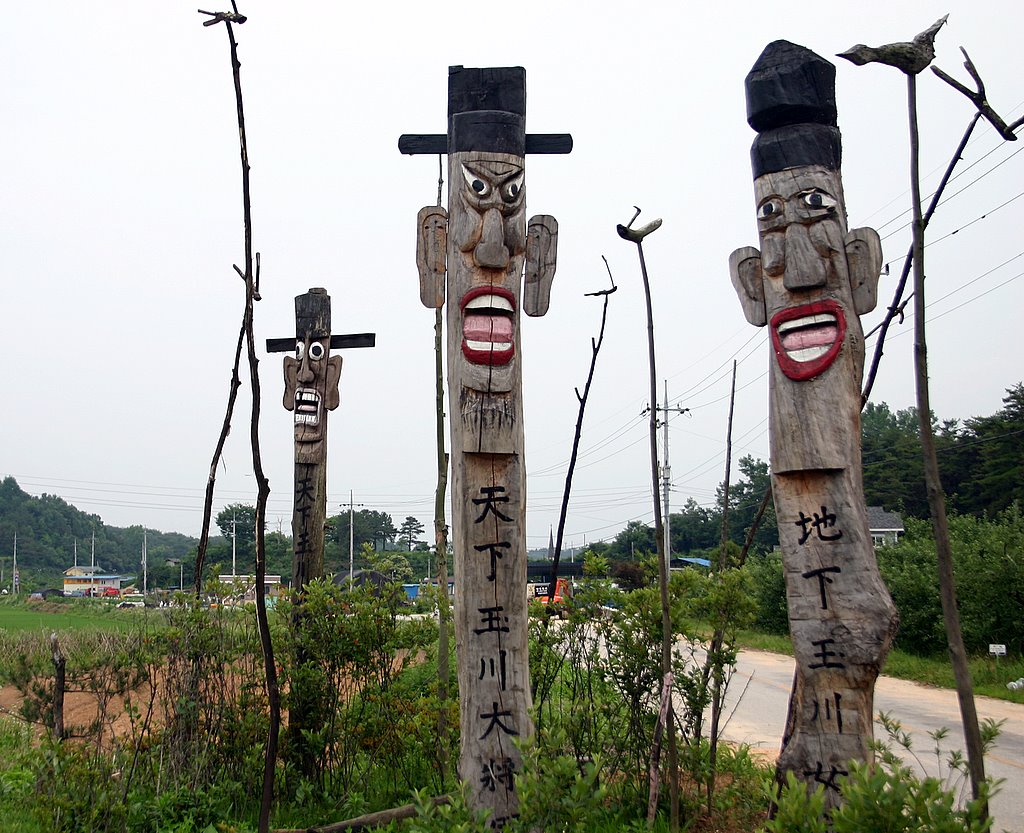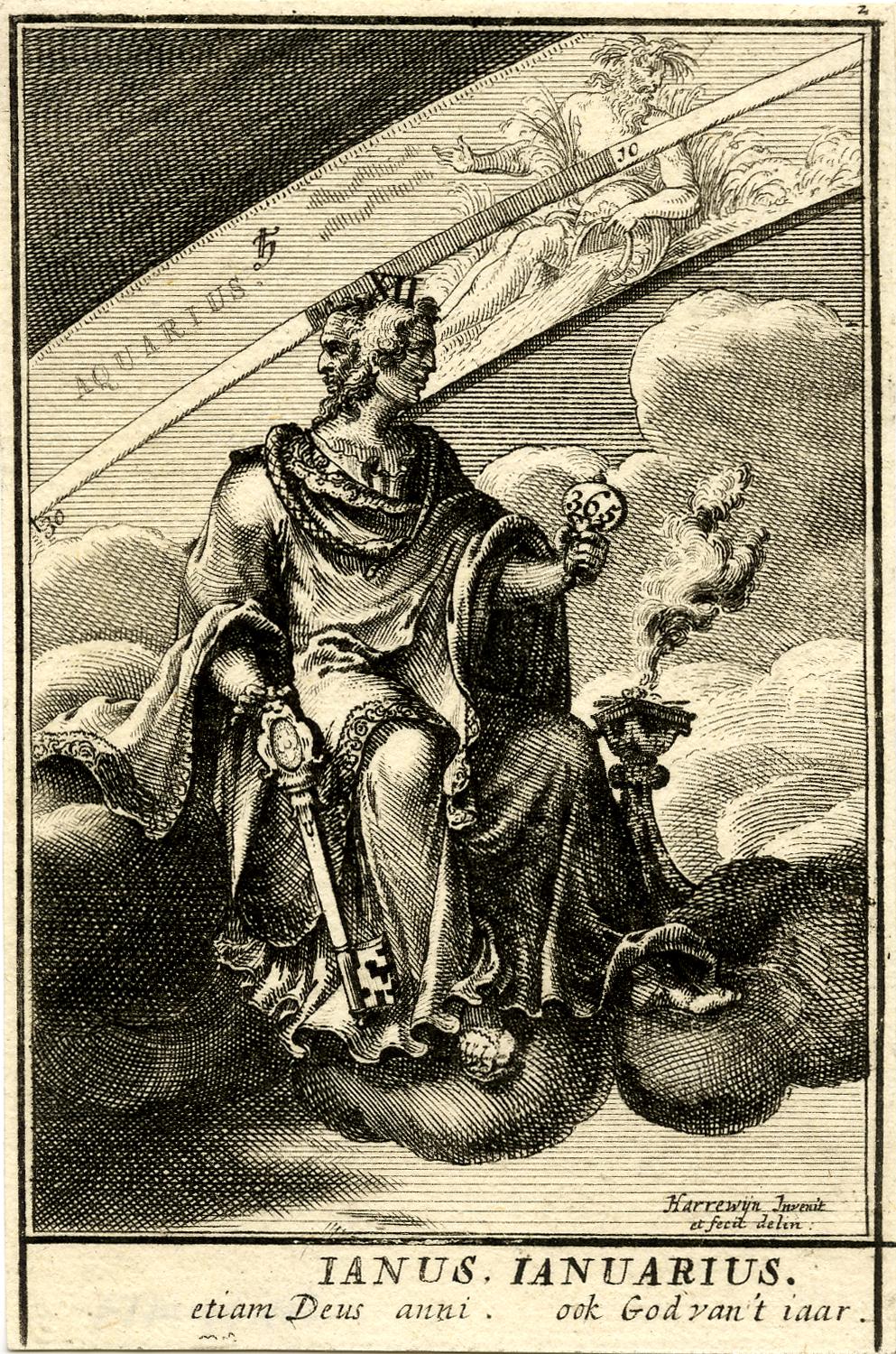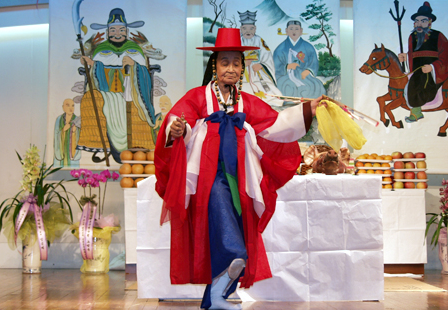|
Jangseung
A ''jangseung'' or village guardian is a Korean totem pole usually made of wood. Jangseungs were traditionally placed at the edges of villages to mark village boundaries and frighten away demons. They were also worshipped as village tutelary deity, tutelary deities. In the southern regions of Jeolla, Chungcheong, and Gyeongsang, jangseungs are also referred to as ''beopsu'' or ''beoksu'', a variation of ''boksa'' (복사/卜師), meaning a male shamanism, shaman. In the Jeolla region, jangseungs are often made of stone bearing some resemblance to the dolhareubangs of Jeju Island. In Seoul, 18th century Joseon Dynasty King Jeongjo of Joseon, Jeongjo ordered jangseungs erected in the area near Sangdo to ward off evil spirits when he made a royal procession to Suwon, where his father's tomb was located. Since then, the district has been called Jangseungbaegi and has given its name to the Jangseungbaegi Station on the Seoul Metropolitan Subway's Seoul Subway Line 7, Line 7. Jangse ... [...More Info...] [...Related Items...] OR: [Wikipedia] [Google] [Baidu] |
Pole Worship
A ceremonial pole is a stake or post utilised or Worship, venerated as part of a ceremony or Religion, religious ritual. Ceremonial poles may symbolize a variety of concepts in different ceremonies and rituals practiced by a variety of cultures around the world. In many cultures, ceremonial poles represent memorials and gravemarkers. In ''The Evolution of the Idea of God'', Grant Allen notes that Nenets people, Samoyeds of Siberia, and Damara people, Damara of South Africa plant stakes at the graves of ancestors. Ceremonial poles may also be raised during celebrations and festivals, as with Gudi Padwa in South Asia and the maypole dance in Europe. In some cultures they may represent sacred trees or tools wielded by Deity, deities. They may also symbolise the axis mundi or world tree. In religious ceremonies, they may be venerated as Idolatry, idols or representations of Tutelary deity, tutelary deities. Asia Middle East Levant An Asherah pole is a sacred tree or pole ... [...More Info...] [...Related Items...] OR: [Wikipedia] [Google] [Baidu] |
Dolhareubang
''Dol hareubangs'', also called ''tol harubangs'', ''hareubangs'', or ''harubangs'', are large rock statues found on Jeju Island off the southern tip of South Korea. They are considered to be gods offering both protection and fertility and were placed outside of gates for protection against demons travelling between realities. Description Dol hareubangs are carved from porous basalt (volcanic rock) and can be up to three metres high. The statues' faces feature grinning expressions, bulging eyes without pupils, a long, broad nose, and slight smile, and their hands rest on their bellies, one slightly above the other. In sets of two, one has a higher left hand, and the other a higher right hand. The hat is commonly described as phallic or mushroom-like. Etymology The name ''dol hareubang'' derives from the Korean word for "stone" (''dol'' 돌), plus the Jeju dialect word ''hareubang'' (하르방), meaning "grandfather" or "senior" (''harabeoji'' ��아버지in Standard Korean), an ... [...More Info...] [...Related Items...] OR: [Wikipedia] [Google] [Baidu] |
Liminal Deities
A liminal deity is a god or goddess in mythology who presides over thresholds, gates, or doorways; "a crosser of boundaries". Types of liminal deities include dying-and-rising deities, various agricultural deities, psychopomps and those who descend into the underworld: crossing the threshold between life and death. Vegetation deities mimic the annual dying and returning of plant life, making them seasonally cyclical liminal deities. In contrast, the one-time journey typical of the dying-and-rising myth, or legends of those who return from a descent to the underworld, represent a more narrow scope of liminal deities. Etymology The word "liminal", first attested to in English in 1884, comes from the Latin word "limen", meaning "threshold". "Liminality" is a term given currency in twentieth century British cultural anthropologist by Victor Turner. European Greek mythology * Adonis * Dionysus, who in one myth is torn apart by Titans, but brought back to life * Enodia, god ... [...More Info...] [...Related Items...] OR: [Wikipedia] [Google] [Baidu] |
Seoul Subway Line 7
Seoul Subway Line 7 of the Seoul Metropolitan Subway was built from 1990 to 1996 (Jangam- Konkuk Univ.) and was completed on August 1, 2000 (central section 17 km. Konkuk University to Sinpung); the western section between Sinpung and Onsu was put into service on February 29, 2000. This north-south line does not run through the city centre but links Gangnam directly to the northeastern districts of Seoul. In 2019, Line 7 had an annual ridership of 380 million or 1.04 million passengers per day. Although most trains stop an Jangam and Seongnam, some trains short turn at Onsu station. All trains on Line 7 are monitored by 1,008 closed-circuit television cameras that were installed in June 2012. The extension to Incheon Subway Line 1 was designed to relieve the traffic congestion in western Seoul and northern Incheon. Nine stations were added on October 27, 2012, for the 10.2 km extension, starting from Onsu Station of Line 7 and ending at Bupyeong-gu Office Stat ... [...More Info...] [...Related Items...] OR: [Wikipedia] [Google] [Baidu] |
Seonangdang
The Seonangdang (Hangul: 서낭당), also known as the Seonghwangdang (Hangul: 성황당, Hanja: 城隍堂) are holy stone cairns or trees that are dedicated to the deity Seonangshin, the patron of villages. The Seonangdang still remain common in the mountainous settlements of the Korean Peninsula. History The origins of the Seonangdang are unclear; archaeologists and historians have two theories. The first theory is that Seonangdangs originated in Korea. According to these historians, the Seonangdangs originated as border marks between various villages. As the concept of religion developed, these borders became worshipped as the homes of the border deities, equivalent to the Roman deity of Terminus. These historians equate Seonangdangs with the Sodo, a holy area in the Proto–Three Kingdoms of Korea. Other historians claim that Seonangdangs developed as altars to Sanwang, the deities of mountains. The other theory is that Seonangdangs are the Korean variety of Ovoo, or Mo ... [...More Info...] [...Related Items...] OR: [Wikipedia] [Google] [Baidu] |
Dolhareubang
''Dol hareubangs'', also called ''tol harubangs'', ''hareubangs'', or ''harubangs'', are large rock statues found on Jeju Island off the southern tip of South Korea. They are considered to be gods offering both protection and fertility and were placed outside of gates for protection against demons travelling between realities. Description Dol hareubangs are carved from porous basalt (volcanic rock) and can be up to three metres high. The statues' faces feature grinning expressions, bulging eyes without pupils, a long, broad nose, and slight smile, and their hands rest on their bellies, one slightly above the other. In sets of two, one has a higher left hand, and the other a higher right hand. The hat is commonly described as phallic or mushroom-like. Etymology The name ''dol hareubang'' derives from the Korean word for "stone" (''dol'' 돌), plus the Jeju dialect word ''hareubang'' (하르방), meaning "grandfather" or "senior" (''harabeoji'' ��아버지in Standard Korean), an ... [...More Info...] [...Related Items...] OR: [Wikipedia] [Google] [Baidu] |
Totem Pole
Totem poles ( hai, gyáaʼaang) are monumental carvings found in western Canada and the northwestern United States. They are a type of Northwest Coast art, consisting of poles, posts or pillars, carved with symbols or figures. They are usually made from large trees, mostly western red cedar, by First Nations and Indigenous peoples of the Pacific Northwest Coast including northern Northwest Coast Haida, Tlingit, and Tsimshian communities in Southeast Alaska and British Columbia, Kwakwaka'wakw and Nuu-chah-nulth communities in southern British Columbia, and the Coast Salish communities in Washington and British Columbia. The word ''totem'' derives from the Algonquian word '' odoodem'' [] meaning "(his) kinship group". The carvings may symbolize or commemorate ancestors, cultural beliefs that recount familiar legends, clan lineages, or notable events. The poles may also serve as functional architectural features, welcome signs for village visitors, mortuary vessels for the re ... [...More Info...] [...Related Items...] OR: [Wikipedia] [Google] [Baidu] |
Korean Shamanism
Korean shamanism or Mu-ism is a religion from Korea. In the Korean language, alternative terms for the tradition are ''musok'' () and ''mugyo'' (무교, 巫敎). Scholars of religion have classified it as a folk religion. There is no central authority in control of the religion and much diversity exists among practitioners. The ''musok'' tradition is polytheistic, promoting belief in a range of deities. Both these deities and ancestral spirits are deemed capable of interacting with living humans and causing them problems. Central to the religion are ritual specialists, the majority of them female, called ''mudang'' (Hangul:무당, Hanja: 巫堂) or ''mu'' (무, 巫); in English they have sometimes been called "shamans," although the validity of this is contested. The ''mudang'' assist paying clients in determining the cause of misfortune using divination. ''Mudang'' also perform longer rituals called ''kut'', in which the gods and ancestral spirits are given offerings of food a ... [...More Info...] [...Related Items...] OR: [Wikipedia] [Google] [Baidu] |
Religion In Korea
Throughout the ages, there have been various popular religious traditions practiced on the Korean peninsula. The oldest indigenous religion of Korea is the Korean folk religion (a version of Shamanism), which has been passed down from prehistory to the present. Buddhism was introduced to Korea from China during the Three Kingdoms era in the fourth century, and the religion pervaded the culture until the Joseon Dynasty, when Confucianism was established as the state philosophy. During the Late Joseon Dynasty, in the 19th century, Christianity began to gain a foothold in Korea. While both Christianity and Buddhism would play important roles in the resistance to the Japanese occupation of Korea in the first half of the 20th century, only about 4% of Koreans were members of a religious organization in 1940. Since the division of Korea into two sovereign states in 1945—North Korea and South Korea—religious life in the two countries has diverged, shaped by different political st ... [...More Info...] [...Related Items...] OR: [Wikipedia] [Google] [Baidu] |
Hahoe Folk Village
The Hahoe Folk Village (Korean: 안동하회마을) is a traditional village from the Joseon Dynasty, located in Andong, Gyeongsangbuk-do, South Korea. The 'Ha' is short for river and 'hoe' means to 'turn around, return, come back. The village is a valuable part of Korean culture because it preserves Joseon period-style architecture, folk traditions, valuable books, and an old tradition of clan-based villages. It is listed by the South Korean government with UNESCO as a World Heritage Site with Yangdong Folk Village in 2010 and attract around 1 million visitors every year. Overview Founded in the 14th-15th century, Hahoe is one of the most representative historic clan village in South Korea, together with Yangdong. The settlement include residences of head families and clan members, pavilions, Confucian academies and study pavilions that reflect the aristocratic Confuncian culture of the early Joseon. Within the village, six houses out of 124 have been designated as National ... [...More Info...] [...Related Items...] OR: [Wikipedia] [Google] [Baidu] |
All Under Heaven
''Tianxia'' (), literally meaning "(all) under Heaven", is a Chinese term for a historical Chinese cultural concept that denoted either the entire geographical world or the metaphysical realm of mortals, and later became associated with political sovereignty. In ancient China and imperial China, ''tianxia'' denoted the lands, space, and area divinely appointed to the Chinese sovereign by universal and well-defined principles of order. The center of this land was directly apportioned to the Chinese court, forming the center of a world view that centered on the Chinese court and went concentrically outward to major and minor officials and then the common subjects, tributary states, and finally ending with fringe "barbarians". The center of this world view was not exclusionary in nature, and outer groups, such as ethnic minorities and foreign people, who accepted the mandate of the Chinese Emperor were themselves received and included into the Chinese ''tianxia''. In classical ... [...More Info...] [...Related Items...] OR: [Wikipedia] [Google] [Baidu] |







